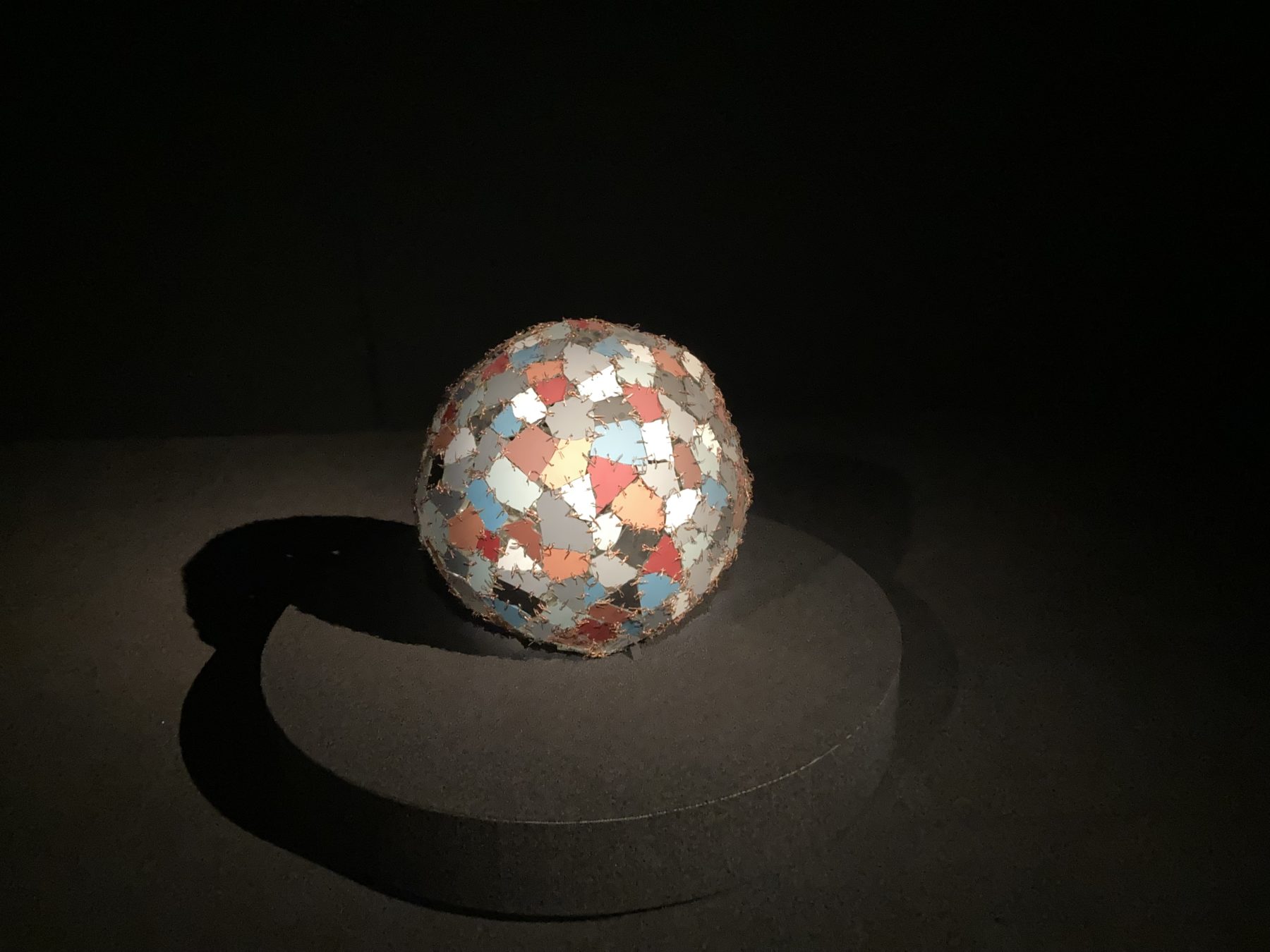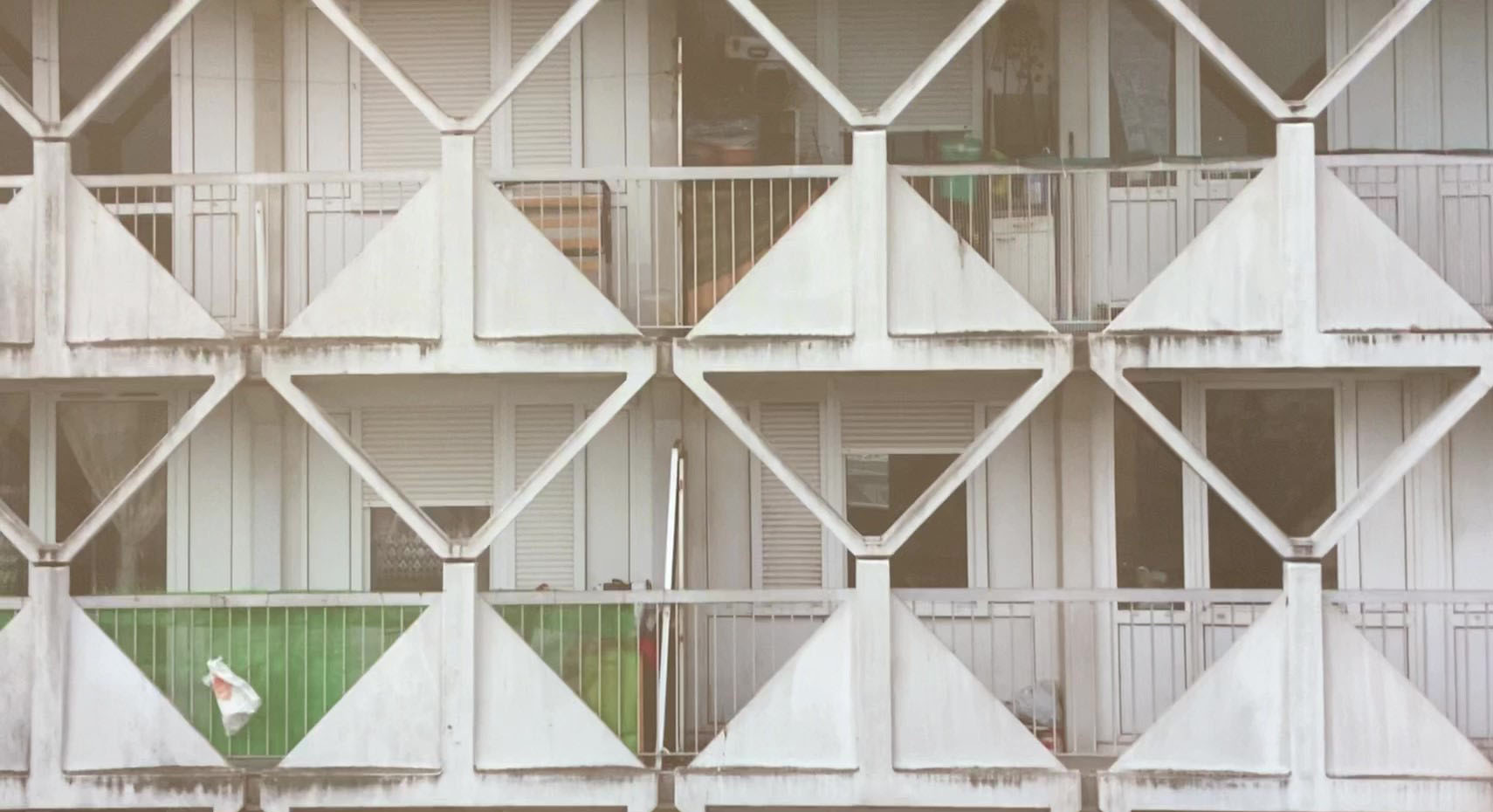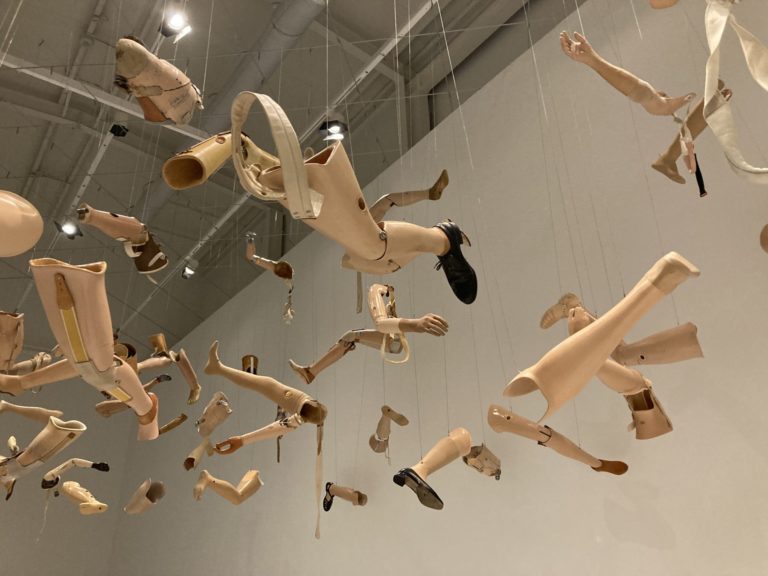
Imagine for a moment the Day of Judgment, the Day of Resurrection, the end times — whatever you want to call the final reckoning, when the sum total of all of humanity’s actions and creations is weighed and assessed by a higher power. In 1500s Italy, this was a central preoccupation of artists like Michelangelo, whose Last Judgment at the Sistine Chapel presented a horrifying vision of this moment where hundreds of bodies are shown contorted in anxiety and fear as their fate is decided by robed gods. Then, artists moved off in other directions: court life, portraiture, landscapes and cityscapes, historic battles and heroes, abstraction, and agitation for social change, even revolution. Now, we find ourselves contemplating endings again, and asking familiar questions about transgression, judgment and redemption.
There are many visual artists and writers who are exploring the contours of this existential landscape (there is even a whole new genre of creative nonfiction, the climate memoir), but I’m not sure there is anyone better than Kader Attia at probing all the contradictions of humanity so aptly, and, in almost a lawyerly fashion, presenting evidence for both our prosecution and our defense.
Attia is preoccupied with history and the hold it has on the present and the future.
- Marisa Angell Brown

Top: 'Chaos + Repair = Universe', 2014, mirror fragments, metal wires, approx. 60 cm (diameter). Installation view at Mathaf: Arab Museum of Modern Art, Doha. Private Collection, Switzerland. Image courtesy: Marisa Angell Brown
‘Kader Attia: On Silence’ at Mathaf: Arab Museum of Modern Art is very nearly a mid-career survey of the French-Algerian artist’s work to date, and it includes two new site-specific artworks commissioned for the exhibition that confirm his importance today. The exhibition spreads across nearly ten galleries of Mathaf and is up for about five months, making it a mini-blockbuster of sorts for the museum. The exhibition begins right in the museum lobby with Attia’s two-minute video projection, ‘La Tour Robespierre’ (2018), which shows the façade of the concrete housing block on the outskirts of Paris where the artist grew up, floor by floor, from bottom to top, the camera fixed to a drone that hovers close enough to residents’ balconies that we can see brooms, houseplants, bicycles, paper lanterns and sometimes plastic bags caught in the balcony railings, where they twitch in the breeze. It’s both beautiful and unsettling, intimate and removed.

Modern architecture is a recurring theme in Attia’s work, and it takes the lead in the next room of the exhibition as well. Here, photographic collages from the ongoing series ‘Following the Modern Genealogy’ (2012-2021) juxtapose cutouts of mean modern concrete towers and their architects with elegant mud brick African dwellings. Architecture comes up again in one of the last artworks in the exhibition, ‘Untitled (Wallpainting)’ (2021), a large abstract study of densely clustered rectangular prisms painted directly on the gallery wall, recalling the modern city and its cool systems of control. Attia has said that his work deals with “the aesthetics and ethics of colonialism,” and modern architecture gets at both of these things at once. It also deconstructs the imaginary lines between the colonial “past” and the present, as it’s associated with colonial planned cities of the 20th century and with contemporary social housing in the West: different countries, same inhabitants. Colonialism isn’t over, Attia appears to say, it just shifted locations. The modern towers tell the tale.
Attia is preoccupied with history and the hold it has on the present and the future. In this, he is part of a wave of contemporary artists who see their work as not just historical, but historiographical — the work doesn’t set out to represent historical moments or people, like history paintings of the 19th century, but to critique the way that history has been written, and to provide a new counter-history that includes, as he has put it, the perspective of “people from former colonies… struggling against humiliation.”
These are high stakes, and one of Attia’s more recent pieces lobs a grenade into ongoing conversations around colonial history and restitution. ‘The Object’s Interlacing’ (2020) takes up an entire gallery. In it, a documentary-style video consisting of interviews with museum and heritage experts speaking about Western restitution of African artifacts plays on a white wall in a darkened room to an audience of roughly twenty African masks. The masks are mounted on simple white plinths so their heads are about six or seven feet off the ground. The projector is installed so that shadows of the masks mottle the video as it plays. Just in front of the first row of masks, a row of chairs has been set up, uncomfortably close to the screen: take a seat, and you immediately feel that you are being watched from behind by the ancestors, who now have their eyes trained on both the screen and on your back, implicating you in histories of colonial theft and violence. It’s unnerving, but Attia makes his point: no one is a spectator, we are all actors.
There are other pieces in the exhibition that deal with trauma and loss. One of the installations created for this exhibition, ‘On Silence’ (2021), also takes up an entire gallery, and includes nearly fifty prosthetic arms, legs, hands and feet suspended from the ceiling, many of them dirty and worn from use. ‘Untitled (2017)’ places a single well-worn high-heeled pump and a single oxford shoe in front of two standing mirrors facing each other, creating an optical illusion when seen from afar of a pair. The effect is haunting, like finding shoes in the rubble after an earthquake.


Over the last decade, Attia has been invited to show at dOCUMENTA (2012), the Venice Biennale (2017), the Sharjah Biennial (2017), the Gwangju Biennial (2018), and the Shanghai Biennial (2019), and his work has been included in major exhibitions at the Tate Modern, Centre Pompidou, and the Guggenheim Museum. In 2021, he was named curator of the prestigious Berlin Biennial, and is now part of the stable of contemporary artists represented by Lehmann Maupin Gallery. Attia’s star is on the rise — perhaps because there’s no contemporary artist practicing today whose work so effectively probes the first-tier political issues of the day. We humans have done atrocious, heartbreaking things to each other and to our world — and yet… It is this note of hope in Attia’s work that opens up the possibility of redemption.
Attia is known for his interest in concepts and practices of repair. This is broached literally in a few pieces in the exhibition, where objects are stapled, stitched, and joined together to make a whole out of fragments or broken parts, as in ‘Chaos + Repair = Universe’ (2014), a globe created out of hundreds of multi-colored mirrored shards held together by metal wire, ‘Repaired Broken Mirror’ (2012-2020) — a repaired broken mirror — and ‘Separated Together’ (2019), a grid of cracked green Terracotta tiles held together by large staples. The last installation in the exhibition, ‘The Big Mirror of the World’ (2017), brings it all home if you haven’t gotten it yet. A room filled with shards of broken glass is viewed from a wooden walkway built about ten feet off the ground. Look over the railing and what do you see? Yourself. It is Attia’s last statement, and it leaves a lasting impression. We must be the ones to fix our broken world.
‘Kader Attia: On Silence’, Mathaf: Arab Museum of Modern Art, Doha, Qatar.
Curator: Abdellah Karroum
Assistant Curator: Lina Ramadan.
From November 8, 2021 to March 31, 2022.
For more information: www.mathaf.org.qa/en/exhibitions/kader-attia-on-silence

Marisa Angell Brown is an art historian and curator with interests in public art, architecture, cities, preservation and spatial justice. She has managed the Hamad bin Khalifa Symposium on Islamic Art and Culture at VCUarts Qatar since 2008, and she teaches courses at Brown University in museum studies, public history and preservation.
Her writing has appeared in Art New England, Perspecta, Buildings and Landscapes, Manual (the journal of the Rhode Island School of Design Museum), and The Providence Journal, and her exhibitions and public projects have been covered by Metropolis, Architectural Record, Smithsonian Magazine, the Associated Press, and Rhode Island Public Radio.
Brown has a PhD in the History of Art from Yale University, an MA in History from the University of Chicago, and a BA in Religion from Princeton University. She serves on the Executive Committee of the Association of Critical Heritage Studies, the State Review Board for the Rhode Island State Historic Preservation Office, and on the board of the Rhode Island State House Restoration Society. Brown regularly serves on design juries at the Rhode Island School of Design, and has served on review committees for the National Park Service and the National Trust for Historic Preservation. She is on Twitter @marisa_angell.
Born in Dugny in the north of Paris in 1970, Kader Attia grew up between Algeria and France. He went on to study at the École Duperré (Paris, 1993); the Escola Massana Sin Barcelona (1994); and the École nationale supérieure des arts décoratifs (Paris, 1998), before spending several years in Congo and South America.
Attia’s work is developed using multimedia objects embedded with theoretical references and archival materials that investigate thought systems and ideologies. His exploration of the material and non-material existence of traditional civilisations asks questions of the colonial legacies that colour perceptions of history and claims of ownership, within societies today. His work draws attention to contemporary issues of cultural identity, immigration, gender and politics.
Recent solo exhibitions include: Kader Attia. Remembering the Future, Kunsthaus, Zürich (2020); The Museum of Emotion, The Hayward Gallery, London (2019); Roots also grow in concrete, Mac Val, Vitry-sur-Seine (2018); and Repair. 5 Acts, KW Institute, Berlin (2013). Group exhibitions include: Participation Mystique, Shanghai Ming Contemporary Art Museum, Shanghai (2020); Our World Is Burning, Palais de Tokyo, Paris (2020); When Home Won’t Let You Stay: Migration Through Contemporary Art, ICA Institute of Contemporary Art, Boston (2019); the 12th Gwangju Biennale (2018); Viva Art Viva, the 57th Venice Biennale (2017); Tamawuj, the 13th Sharjah Art Biennale (2017); The City in the Blue Daylight, Dak’Art (2016), the 12th Dakar Biennale for Contemporary African Art (2016); Rainbow in the Dark, SALT Galata, Istanbul (2014–2015); Documenta (13), Kassel (2012).
In 2016, Attia established La Colonie in Paris, a de-colonial space for dialogue and exchange, focused on amplifying the voices of marginalised artists and thinkers. He was awarded the Marcel Duchamp Prize (2016); the Joan Miró Prize (2017); and the Yanghyun Art Prize (2017). He was also a recipient of the Abraj Capital Prize (2010) and Prize of the Cairo Biennale (2008). Kader Attia lives and works between Germany and France.
Related Topics
Remembering Home
FEB 2022